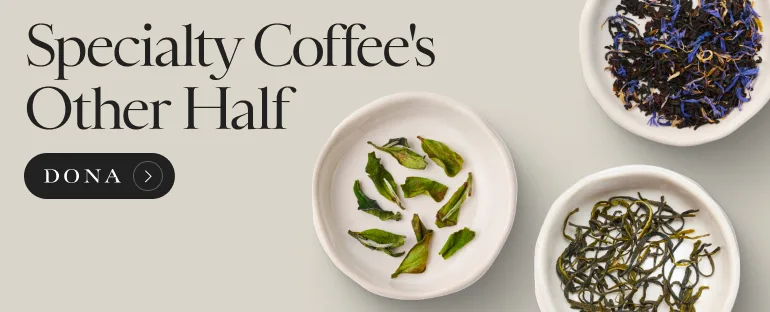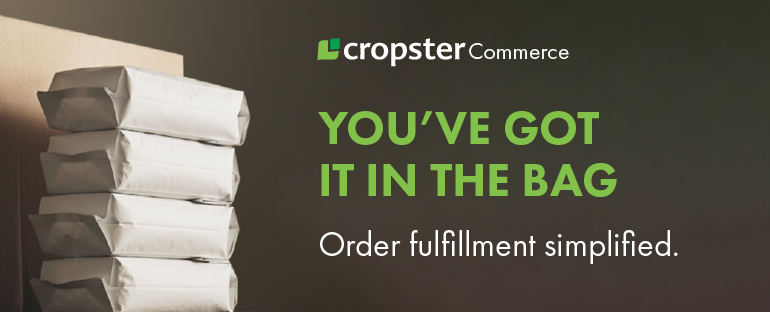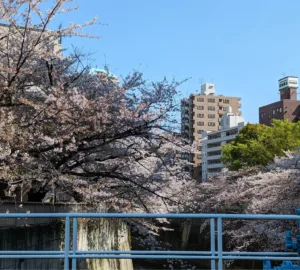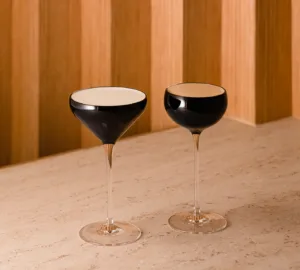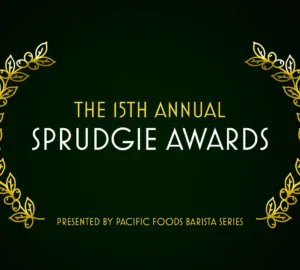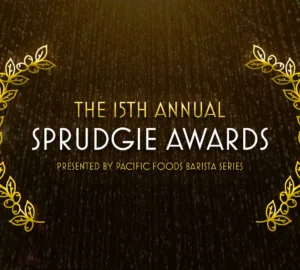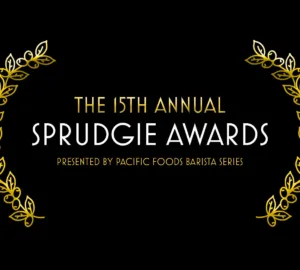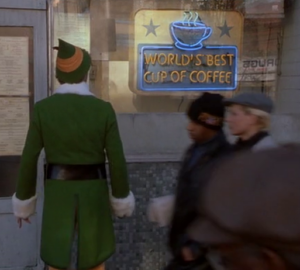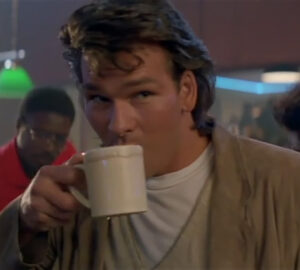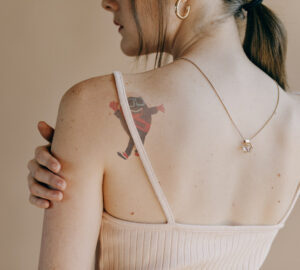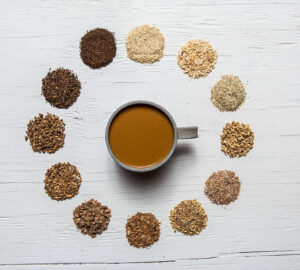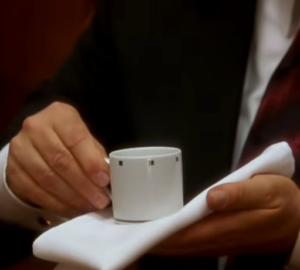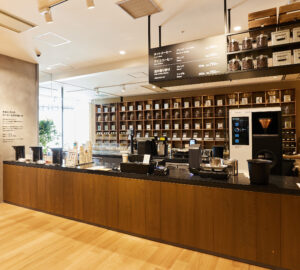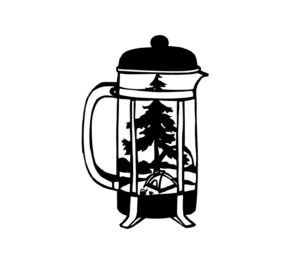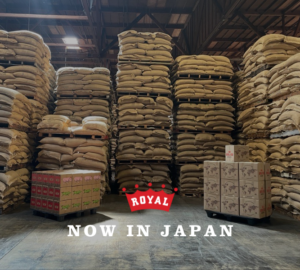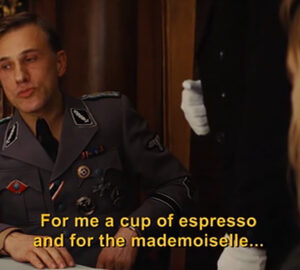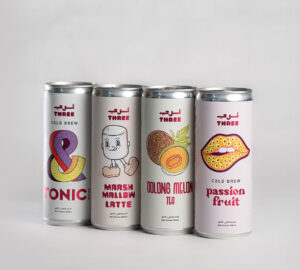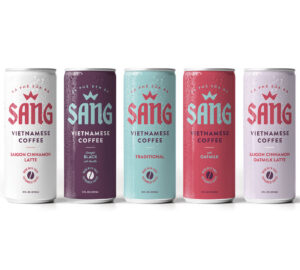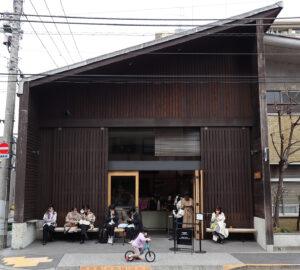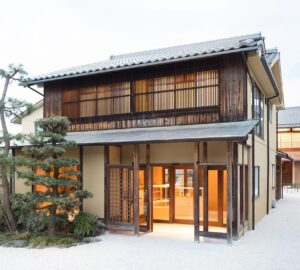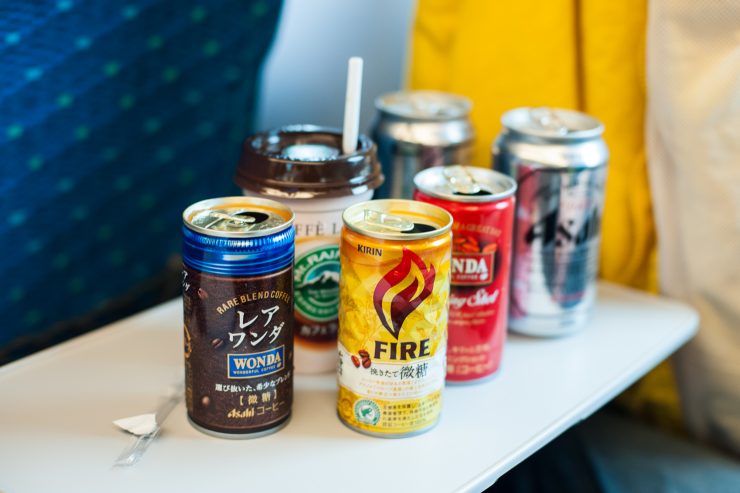
On a recent visit to Tokyo, that dizzying, overwhelming megalopolis, I noticed a curious phenomenon. On every street corner, sometimes on opposing streets corners—much like Starbucks in New York City—and down every little side alley, you’ll find vending machines selling cool drinks. At any other time of year, I might have chuckled and simply found the sheer number of them amusing. But it was late June, the supposed rainy season, where temperatures soared to almost 90 degrees Fahrenheit and the impending rain hovered oppressively in the form of 75% humidity. I began to understand the need for refreshing drinks every 20 or so paces. What continued to be a source of confusion and amusement, however, was the sheer number of canned coffees on offer. Why were there so many brands, and so many types of coffee by each brand? Who was drinking them? Were they really all that different?
I decided to take it upon myself to taste them. Surely such a wide array of products would offer up some insight into the buzzing, caffeine-pounding heart of Tokyo.
1-2. Wonda (Morning Shot, Rare Blend)
I decided to start with Wonda brand, thinking perhaps it would offer up some wonda-ful (I’m sorry, I had to) flavors to my palate. After all, the can lured me in with sweet promises of “100% fresh Arabica beans” that “make a unique flavor”. This being a coffee promising a strong shot to start the morning, I was rather surprised to pop the top and find myself confronting a milky coffee. Why, Wonda? Why would you do that to your 100% Arabica beans and their unique flavor? The coffee tastes surprisingly similar to the Starbucks Frappucinos you can buy in little glass bottles in gas stations, but with an extra roasty punch at the end—a typical milky, sugary coffee. Overall, a bit disappointing after the sweet promises on the front of the can and the expectation of a strong black coffee to kickstart my day.
I approached the Wonda Rare Blend with caution, having already been let down by the Morning Shot. It didn’t make any claims to its purity or quality on the outside, though, so I was cautiously optimistic as I opened the can, and unsurprised when I saw another milky coffee. It was on the whole very similar to the Morning Shot, but even sweeter and slightly more nuanced. It had a sort of funk about it that can really only be described as Axe deodorant spray (the blue one). On the palate, it started out tasting faintly of caramel, but that soon faded away to a sort of industrial plastic aftertaste.
3. Mt Rainier Caffé Latte
This coffee intrigued me because it was only one of two products by this company. Whereas Wonda, Boss, Georgia, and other coffee brands seemed to flood the vending machines with a parade of choice, Mt Rainier seemed content to offer only the Caffé Latte and the Caffé Latte More Milk. What was their deal? Were they this confident in their Caffé Latte, boldly presented in non-can packaging, that they didn’t deem it necessary to offer any other options? Before I even drink the coffee, I notice that the user experience with Mt Rainier is much smoother and classier than with the other brands, as the plastic vessel comes with a little straw to stick into the lid. The text on the cup promises me a “Happy Gift”, but the rest of the instructions are in Japanese: how ever will I redeem it? I try not to let this ruin my enjoyment of the drink, which is the milkiest coffee yet. I idly wonder how much milkier the More Milk could possibly be as I savor the aftertaste of rubber bands.
4. Kirin FIRE
Yes, you read that right. Kirin, the Japanese beer label with the horse-deer-dragon, has ridden its fiery steed into the canned coffee industry. And what a splash they’ve made. This can, with its textured aluminum, graduated colors, all-caps name, and alluring flame logo, makes me feel even more badass than the Wonda Morning Shot. I prepare myself mentally to have the strongest, blackest, most roasty canned coffee experience in the world. I’m ready. But inside, there is only disappointment—another milky coffee. True, it has the roastiest smell yet and an aftertaste reminiscent of that “burning tire” aroma, but the creamy sweetness on top really puts a damper on my attempts to embrace the dark heart of Robusta in this coffee.
Will I ever find the black coffee I desire?
5-6. Georgia Emerald Mountain Blend and Georgia Emerald Mountain Blend BLACK
After my first four coffees disappointed me with their milkiness, I wandered despondently around Tokyo for a few days, casting doleful glances at vending machines and wondering if my desires would ever be fulfilled. In Kyoto, their diminished presence felt freeing, and I almost forgot about my obligation to try six more coffees. But at the top of Fushimi Inari, the mountain shrine famous for its thousands of vermillion torii, my duties caught up with me. On a humid day, just as I had run out of water, a vending machine appeared, bathed softly in halogen lighting. It was fate. I bought two coffees, Georgia Emerald Mountain Blend and Georgia Emerald Mountain Blend Black. The first coffee was, of course, another milky coffee, tasting strongly of scorched sugar with a lingering turpentine finish. But finally, as I opened the second coffee, I got my long-awaited taste of canned black coffee. It was watery and thin, but that was almost a relief since I was so thirsty. It was the only canned coffee I drank in its entirety, noting the subtle drying effect it left in my mouth, similar to when you accidentally swallow a bit of lip gloss.
7-10. BOSS Coffees (Black, Master’s, Premium, Rainbow)
Now that I’d dallied around with the rest, it was time to try the best. Or at least, that’s what I told myself. Surely BOSS coffees are the best? It’s certainly the most common brand, with the largest number of coffees in their repertoire, the most bossing logo of all time (a graphic of what appears to be Tom Selleck smoking a pipe) and the most on-point advertising I’ve ever seen (who else is more boss than Tommy Lee Jones in Men in Black, besides Tom Selleck?). These coffees are treated with the respect they deserve, and get a proper side-by-side cupping: Boss Black, Boss Master’s, Premium Boss, and Boss Rainbow Espresso.
I began my Boss-stravaganza with Boss Black, which was not quite as watery as the Georgia Emerald Mountain Blend Black, but a good deal more bitter. It was definitely a coffee only a true boss could handle, and guaranteed to start your morning with a cold slap in the face. In contrast, the Boss Master’s was perhaps the most cloyingly sweet milky coffee I had during the entire trip, with an unnerving undertone of lemon wet wipes. The Premium Boss offered little retreat from the realm of canned-lattes-that-taste-vaguely-of-industrial-chemicals, and I took turns sipping it and the Boss Master’s to see which one was more offensive to my delicate palate. In the end, the Premium Boss tasted more like actual coffee, but only by a small margin. Last but not least in my fascinating glimpse into this coffee subculture was the cheerfully packaged Boss Rainbow Espresso. As I opened the can, smile on my face, feeling as though I was rushing towards the finish line and about to break through the tape, I was presented with the cruelest twist of fate yet. The Boss Rainbow Espresso… was one last milky coffee. I would love to tell you the subtle nuances of flavor contained within it, but mostly it tasted of my bitter, salty tears. Clearly, Boss Coffee is made for people more ready to roll with life’s punches than I am.
Kate Beard is a Sprudge staff writer based in London. Read more Kate Beard on Sprudge.













